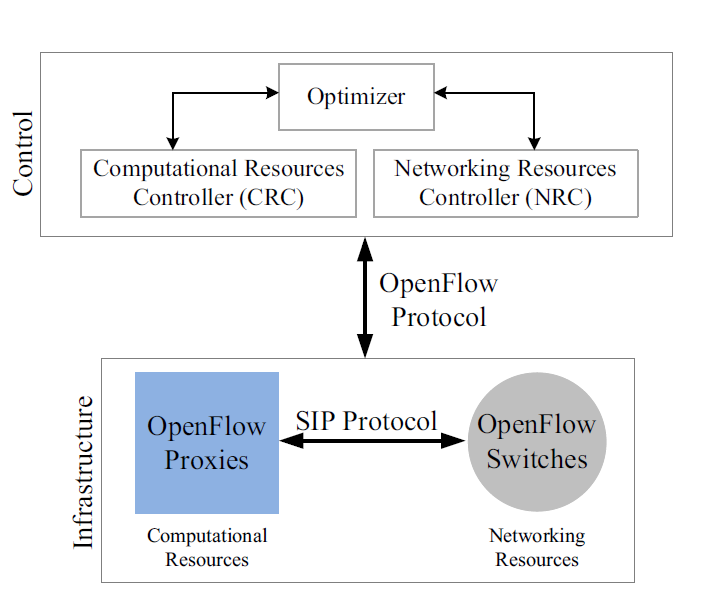
Today, the multimedia over IP (MoIP) network has become a cost-effective and efficient alternative to the public switched telephone network (PSTN). Free applications for multimedia transmission over the Internet have become increasingly popular, gaining considerable popularity around the world. This communication consists of two phases, i.e., signaling phase and media exchange phase. The SIP protocol is responsible for the MoIP network signaling to provide services such as VoIP, voice and video conferencing, video over demand (VoD), and instant messaging. This application layer protocol has been standardized by the IETF for initiating, managing, and tearing down multimedia sessions and has been widely used as the main signaling protocol on the Internet. The signaling and media are handled by SIP proxies and network switches, respectively. One of the most critical challenges in MoIP is the overloading of SIP proxies and network switches. Because of these challenges, a wide range of network users experiences a sharp drop in service quality. Overload occurs when there are not enough processing resources and memory to process all the messages due to the lack of proper routing. This study aims to model the routing problem in MoIP by providing a framework based on software-defined networking (SDN) technology and a convex mathematical programming model to prevent overload. The proposed framework is simulated and implemented using various scenarios and network topologies. The results show that throughput, latency, message retransmission rate, and resource consumption have improved using the proposed approach.